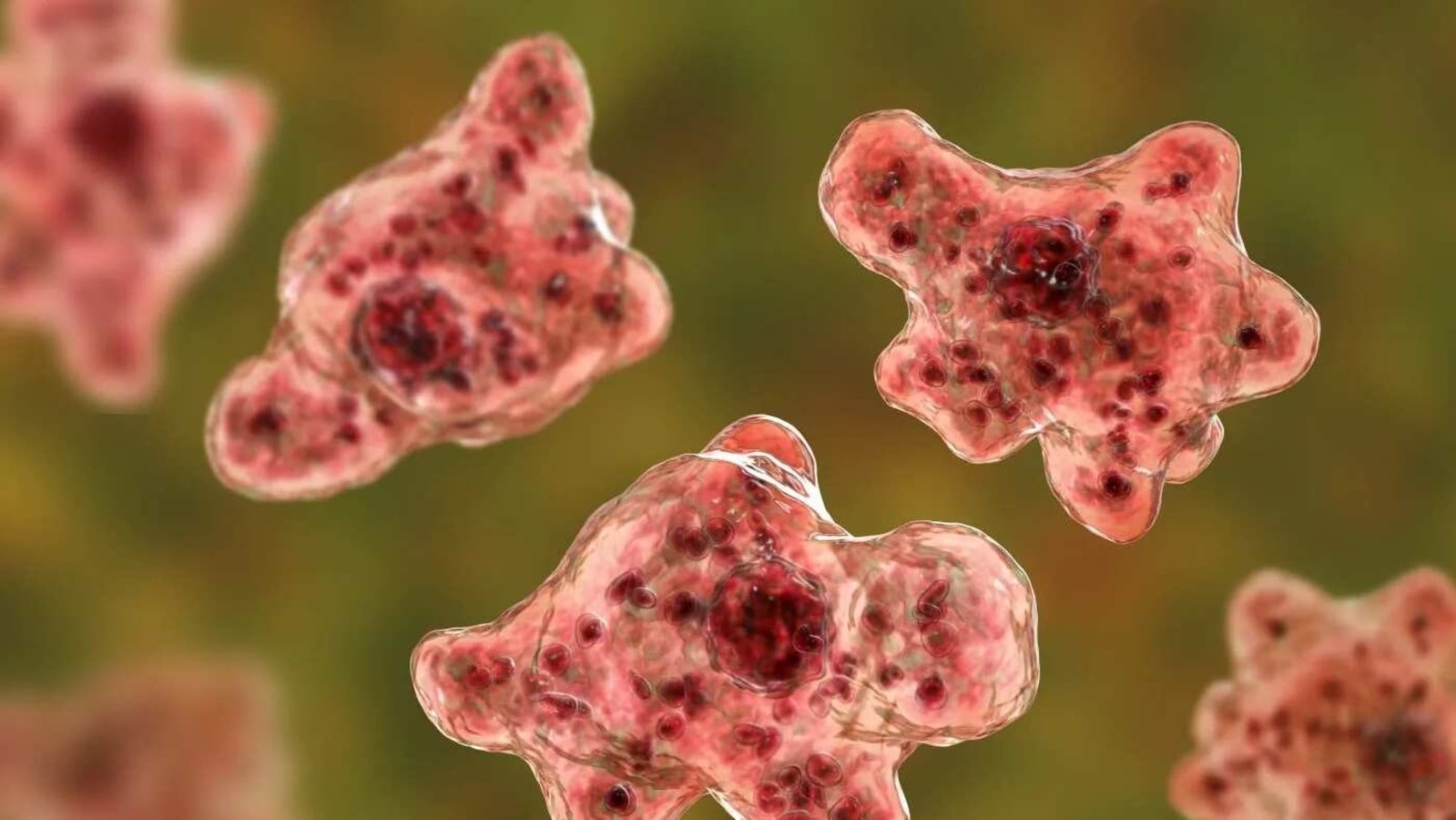Now Reading: Brain-Eating Amoeba Claims 19 Lives in Kerala: Causes, Symptoms, and Key Facts
-
01
Brain-Eating Amoeba Claims 19 Lives in Kerala: Causes, Symptoms, and Key Facts
Brain-Eating Amoeba Claims 19 Lives in Kerala: Causes, Symptoms, and Key Facts

Quick Summary
- 19 deaths in Kerala: As of 2025, Kerala has reported 19 deaths caused by Primary Amoebic Meningoencephalitis (PAM), a severe brain infection resulting from exposure to Naegleria fowleri, commonly known as “brain-eating amoeba.”
- No cluster outbreaks in 2025: Kerala Health Minister Veena George confirmed no cluster outbreaks this year, unlike 2024 when cluster cases linked to a common water source were identified.
- Total PAM cases: In 2025, Kerala has recorded a total of 69 PAM cases so far.
- Characteristics and causes:
– PAM affects otherwise healthy children, teens, and young adults.
– It is contracted primarily through the nose via exposure to warm freshwater or usage of objects like neti pots contaminated with the amoeba.
– Symptoms resemble bacterial meningitis-headache, fever, nausea-but progress rapidly and result in severe brain swelling and death within weeks.
– Cases occur during warm months or climates and are found in stagnant freshwater sources.!Read More
Indian Opinion Analysis
The rising number of PAM cases highlights urgent challenges for public health infrastructure in India. While rare diseases like Primary Amoebic Meningoencephalitis are difficult to predict due to their sporadic nature, systematic monitoring of water quality at public swimming areas could significantly reduce exposure risks.
KeralaS proactive acknowledgment of non-clustered cases this year demonstrates improved epidemic tracking mechanisms compared to the previous year’s cluster scenario.Though,awareness campaigns educating residents on safe practices-such as avoiding stagnated freshwaters during warmer months or ensuring proper hygiene with nasal irrigation devices-could help mitigate future infections further.
The high fatality rate underscores the critical need for early disease detection capabilities. Given that symptoms closely mimic bacterial meningitis initially but worsen rapidly without timely intervention, training healthcare professionals on PAM-specific diagnostics may save lives where possible. These steps might also guide othre states grappling with similar water contamination issues across India’s subtropical regions.
























